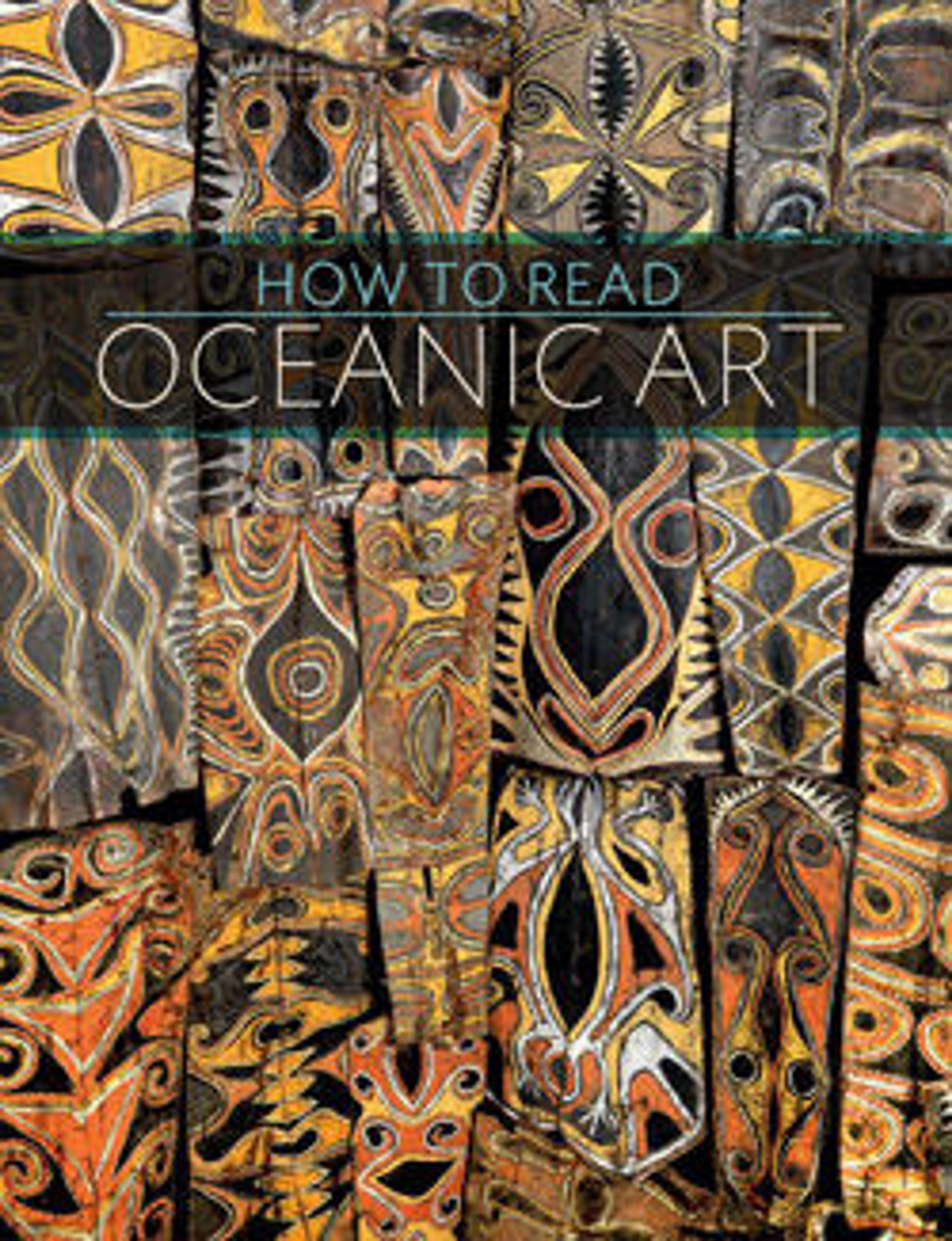Akua Ka'ai (Deity figure)
The Hawaiians venerated, and in some cases still honor, a multitude of supernatural beings, or akua. During religious observances, akua often manifested themselves in carved figures or other objects, which served as vessels for their supernatural power (mana). Sacred images in human or animal form were known as ki'i. Some ki'i, often called akua ka'ai, were carved atop a pointed stake, which could be inserted into the ground or the thatched walls of houses or other structures to allow the figure to stand upright.
Small akua ka'ai, such as the present work, may have been used for private devotion. If so, they may portray 'aumakua, supernatural beings associated with individual families or activities. The ridge on the head of this figure may portray the crested helmet (mahiole) worn by high-ranking male chiefs. If so, the image may depict an ancestral chief or a deity clad in chiefly regalia.
Small akua ka'ai, such as the present work, may have been used for private devotion. If so, they may portray 'aumakua, supernatural beings associated with individual families or activities. The ridge on the head of this figure may portray the crested helmet (mahiole) worn by high-ranking male chiefs. If so, the image may depict an ancestral chief or a deity clad in chiefly regalia.
Artwork Details
- Title:Akua Ka'ai (Deity figure)
- Date:18th–early 19th century
- Geography:United States, Hawai'i
- Culture:Hawai'i
- Medium:Wood
- Dimensions:H. 12 1/8 × W. 1 11/16 × D. 1 1/4 in. (30.8 × 4.3 × 3.2 cm)
- Classification:Wood-Sculpture
- Credit Line:The Michael C. Rockefeller Memorial Collection, Bequest of Nelson A. Rockefeller, 1979
- Object Number:1979.206.1625
- Curatorial Department: The Michael C. Rockefeller Wing
More Artwork
Research Resources
The Met provides unparalleled resources for research and welcomes an international community of students and scholars. The Met's Open Access API is where creators and researchers can connect to the The Met collection. Open Access data and public domain images are available for unrestricted commercial and noncommercial use without permission or fee.
To request images under copyright and other restrictions, please use this Image Request form.
Feedback
We continue to research and examine historical and cultural context for objects in The Met collection. If you have comments or questions about this object record, please contact us using the form below. The Museum looks forward to receiving your comments.
